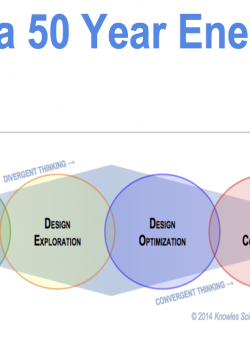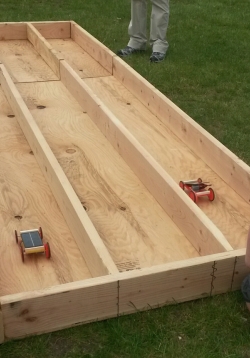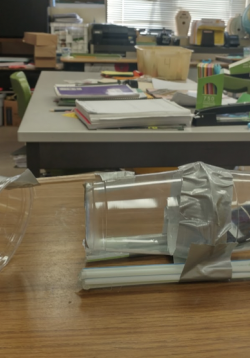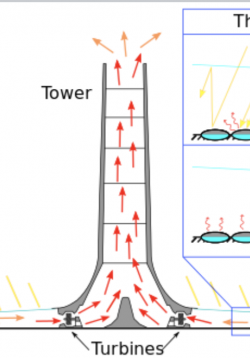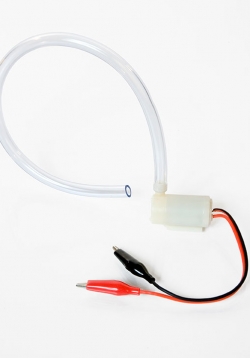Scaling up to Power Production Let’s use Data to Optimize the Performance of a Solar Cell Array
Somewhat similar to the first part of the wind turbine project from Lesson 3, students are tasked with optimizing the performance of a photovoltaic system. This objective both allows students to apply the engineering-design process they absorbed in...

